Perched atop the imperial throne in first-century Rome, Emperor Vespasian envisioned a spectacle to satisfy the masses. He would construct an arena for gladiatorial combat and wild beast executions, drawing crowds with the spoils of war—men and beasts alike—forced to fight to the death for entertainment. Led by film icon Anthony Hopkins, Those About to Die brings this blood-soaked world to vivid life.
We’re transported back two thousand years, where social upheaval brews beneath ornate palaces and citizens crave carnage above all else. Not all approve of the Emperor’s plan, however; the city’s elite already control the lucrative sports domain.
Chief among these powerbrokers is Tenax, a clever commoner played by Iwan Rheon who clawed his way to the top of Rome’s gambling circuit. But Tenax’ sights are set higher still, and his schemes place him at odds with those presiding over the old ways.
Developing alongside this backdrop of ambition and unrest are personal stories of struggle and survival. A mother’s search to reunite her enslaved family. A warrior was forced into the arena after being captured on the battlefield. Even the royal sons spar as they vie for supremacy upon their father’s inevitable demise.
All find themselves entangled in the political tumult and social corruption that defined the Empire’s twilight. Told on a massive scale with cinematic visuals, Those About to Die presents an immersive portrait of this bygone world and those who navigated its cutthroat realm.
Imperial Intrigue and Arena Action
The blood of empire flows through multiple storylines in Those About to Die. Chief among them are the machinations of Rome’s royal family as the Flavian dynasty’s power is tested. Emperor Vespasian rules with an iron fist in his tenth year as Caesar, but age is creeping in. His sons Domitian and Titus each believe they alone should inherit the empire, stoking rivalry that could tear the nation apart.
Vespasian seeks to unify his people and secure his legacy and that of Rome. He initiates the grandest building project of the age—the Flavian Amphitheater, what we know as the Colosseum. Yet this magnificent arena challenges the corrupt power of Rome’s sporting elite. None more so than the ambitious Tenax, a gambling lord who has risen from the gutter. He controls the legendary chariot races of Circus Maximus that hold the masses in thrall.
Tenax dreams of starting his own race faction, but doing so would ruffle many feathers. He finds an unlikely ally in Domitian, but he draws the ire of other nobles. As the arena rises, a power struggle ensues that involves palace plots, criminal networks, and the sweat and blood spilled in competition. Tenax’s story is the gritty human heart of the series—a man clawing for more in a world of violence and schemes.
Beyond the imperial family and games of power, individual struggles for survival play out. When the brutal African warrior Kwame is enslaved by Rome, he is forced into the gladiatorial arena for the mob’s enjoyment. Seeking only to reunite with his sisters, Kwame must face death in combat while sharpening his skills. His mother, Cala, will stop at nothing to save her children, embarking on a mission that brings her into dangerous alliances.
From the royal halls to the sandy arenas, Those About to Die boasts drama, intrigue, and pulse-pounding action. It strives to offer genre thrills while painting a sweeping portrait of a corrupt society buoyed by bloodsports. Only by viewing all pieces can one gain insight into the turbulent world of late Flavian Rome.
Lights, Camera, Antiquity
Those About to Die certainly bring Rome to life. The production shines in recreating the ancient world, making you feel like you’ve stepped back two millennia. From ostentatious palaces to crumbling slums, the sets capture the grandeur and grit of the Eternal City.
You really get a sense of the lavish wealth and indulgence in places like the Emperor’s court. Gold seems to line every surface, from decadent floors to ornate thrones. Then you’ve got dwellings showing a far seedier side of Roman life. Cramped fighting pens and dingy taverns put you among the disenfranchised masses.
Costumes are another highlight, with extravagant robes and glittering armor worn by royals. Common folk make do with simple tunics and sandals caked in dirt. Authentic detailing makes it easy to picture real historical fashion. From breezy linen to layered wool, the clothing feels authentic for characters of varying social status.
With expansive shots of virtual Rome, the show also demonstrates impressive scale. Crowds filling the Colosseum under majestic arches—yyou really get transported. At times, the CGI enhances sets, but occasional weaker moments stick out. Some animals or chariots come across as stiff. However, action scenes involving them remain gripping visual spectacles.
Overall, Those About to Die does a marvelous job of reconstructing an ancient world through production. Lavish costumes and sets transport you right to decadent Rome. While CGI varies, the visuals overwhelmingly shine. The literal lights and camera help bring this bloody period drama vividly to life. Authenticity in the artistic design makes the intense human drama all the more engrossing.
The Gory Gladiatorial Games
Brace yourself for some serious carnage. Those About to Die doesn’t shy away from graphic violence. The gladiator battles are an unrelenting assault of blood and guts. Swords slice through flesh, and bones crunch as men meet grisly ends in the arena. It can definitely feel disturbing and exhausting at times.
But the excessive gore isn’t there just for shock value. It reflects the grim moral reality of Roman sports entertainment. Gladiatorial games weren’t some fun casual pastime; they were a brutal business fueled by a thirst for violence. The crowds didn’t just want a show; they wanted slaughter, cheering as men butchered each other. We see how far characters like Tenax will go to satisfy that bloodlust, no matter the human cost.
Nothing is off-limits in Roman arenas. Men, women, and animals are butchered alike. It lays bare how society was stained by corruption that viewed life as a cheap spectacle. Morals were cast aside for public thrills and profits. TheGames highlights how even supposedly pious emperors like Vespasian cultivated this culture of cruelty. It was a sinister system that exploited brutality to numb and control the masses.
Some scenes are genuinely tough to watch. Yet you can’t look away or dismiss the violence either. It provides vital societal context for a civilization where sports were intertwined with suffering and death. The gore makes an unforgettable impact, ensuring you understand Rome as a place where barbarism was normalized entertainment.
So, while the battle scenes may exhaust you, don’t ignore their importance. They don’t just shock; they educate, shining a light on the disturbing moral decay that accepted gladiatorial carnage as an everyday pastime. The brutality is harsh, but it is an unflinching look at a society where cruelty was the name of the game.
Characters in Need of Depth
While the world of ancient Rome is brought to vivid life, those inhabiting it often feel shallow. Tenax, played masterfully by Iwan Rheon, stands out as a complex figure. His ambition and cut-throat tactics make him a villain, yet Rheon ensures you remain hooked on his story. Subtleties in his performance hint at lingering humanity beneath the ruthlessness.
Cala, too, escapes one-dimensionality. Sara Martins ensures real pathos in her role as a mother battling to reunite her stolen children. Sympathy stems naturally from her understandable pain and resilience against tremendous odds. These characters immerse you in the drama.
Unfortunately, many others stay frustratingly surface-level. Domitian and Titus’ motivations amount to little beyond generic power-grabbing. Their relationship and individual desires warrant richer shading to make political machinations truly compelling.
Gladiators like Kwame fail to transcend stock “vengeance seeker” arcs too. The potential for complex character studies of slaves forced into brutality goes unrealized. Jula and Aura also beg for a deeper contextualization of their trauma and emotions.
Bouts in the arena could have poignancy if we cared more for combatants. Yet one-note bravery or villainy leaves deaths feeling hollow instead of heartbreaking.
Attempts to flesh out minor figures like the horse merchants instead undermine focus. Pointless side stories dilute investment in core characters crying out for further illumination.
Complexity doesn’t mean likability either. Subtlety could transform figures like Vespasian from stale props into grimly fascinating studies of leadership and legacy burdens.
This missed opportunity for sophisticated, nuanced character development leaves Those About to Die feeling like an immensely glossy yet hollow spectacle. More intimate portrayals might have turned its violent world into something truly rich and haunting.
Characters Adrift in A Sea of Exposition
Those About to Die clearly aimed to pull viewers deeper into its depiction of life in ancient Rome. Lavishing attention to cultural details is admirable. However, the series often loses sight of its human stories amid lengthy conversations.
Scenes grow bogged down discussing matters tangential or needlessly drawn out. Plots are meant to add complexity, not stall momentum. Minor characters and subplots that could enrich the narrative instead distract from it.
When focus shifts from Cala’s harrowing family plight to Tenax’s cutthroat antics, interest strays. Valuable screen time gets spent following people we’ve little reason to care for. Their actions prove inconsequential to central arcs.
Exposition has its place, but excess drowns out what drew viewers in—the characters. We tune in to share our lives, not lecture halls. By delving too deep into redundant political maneuvering or odd diversions, Those About to Die risks its ability to compel.
Worldbuilding enthralls when animating real human desperation, wit, and heart. But elaborate settings mean nothing without capturing ours. When vivisection replaces the vignette, even the bloodiest banquet palls. The series would benefit from tighter reins that honor brevity and brace lives at its dramatic core.
Those About to Die: An Epic for the Patient Viewer
For fans of sweeping historical productions, Those About to Die delivers many thrills. Roland Emmerich brings Rome to vivid life with lavish sets and costumes. Action scenes involving chariot races and gladiatorial battles excite with brutal verve. And the saga of corruption in Vespasian’s court intrigues.
Yet this sprawling epic also tests one’s endurance. With numerous storylines and characters, momentum flags when focus shifts. Extraneous subplots and talky scenes drag at times. Over ten dense hours, even the most compelling arcs can start to blend together.
This is where patience proves key. While bingeing the full season in one go invites fatigue, spacing viewings into shorter sessions enhances enjoyment. Viewers can better savor highlights rather than struggle through slower passages.
Ultimately, Those About to Die satisfies those who relish sweeping historical worlds. Just be prepared for both fast-paced intensity and languid lulls between battles. Fans of the genre who are willing to engage selectively will find much to admire in this ambitious reimagining of Rome’s dark delights. The consistent entertainment it provides may vary, but the production retains value for anyone who can tolerate excess in the name of entertainment.
So in conclusion, I’d recommend this epic for those drawn to its subject and styling who don’t demand non-stop thrills. With a flexible viewing strategy, its virtues can shine through at an inconsistent pace.
The Review
Those About to Die
Those About to Die reaches grandiose scope and spectacle in its reimagining of power struggles in ancient Rome. At their best, dramatic battles and intricate political affairs immerse viewers in a rich historical world. However, an overstuffed narrative and uneven pacing undermine full engagement. While individual scenes entertain, inconsistencies prevent the series from achieving its lofty ambitions.
PROS
- Lavish production design and costumes immerse viewers in ancient Rome.
- Action scenes involving chariot races and gladiatorial battles excite
- Intriguing exploration of corruption in Vespasian's power-hungry court
CONS
- Slow, inconsistent pacing bogs down momentum between thrilling set pieces.
- Numerous convoluted storylines and forgettable characters dilute focus.
- Occasionally, gratuitous violence felt exploitative rather than tastefully dramatic.









































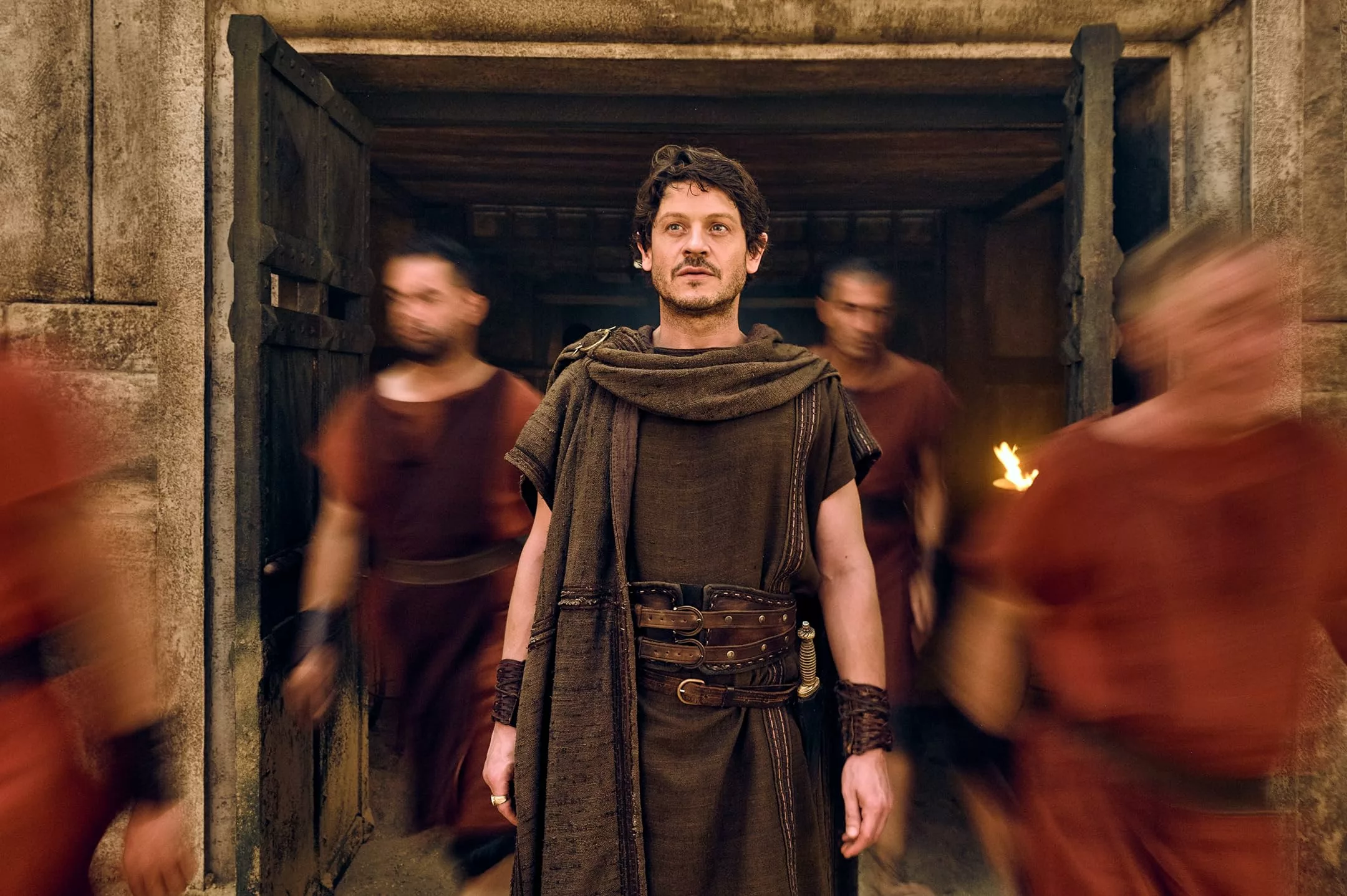
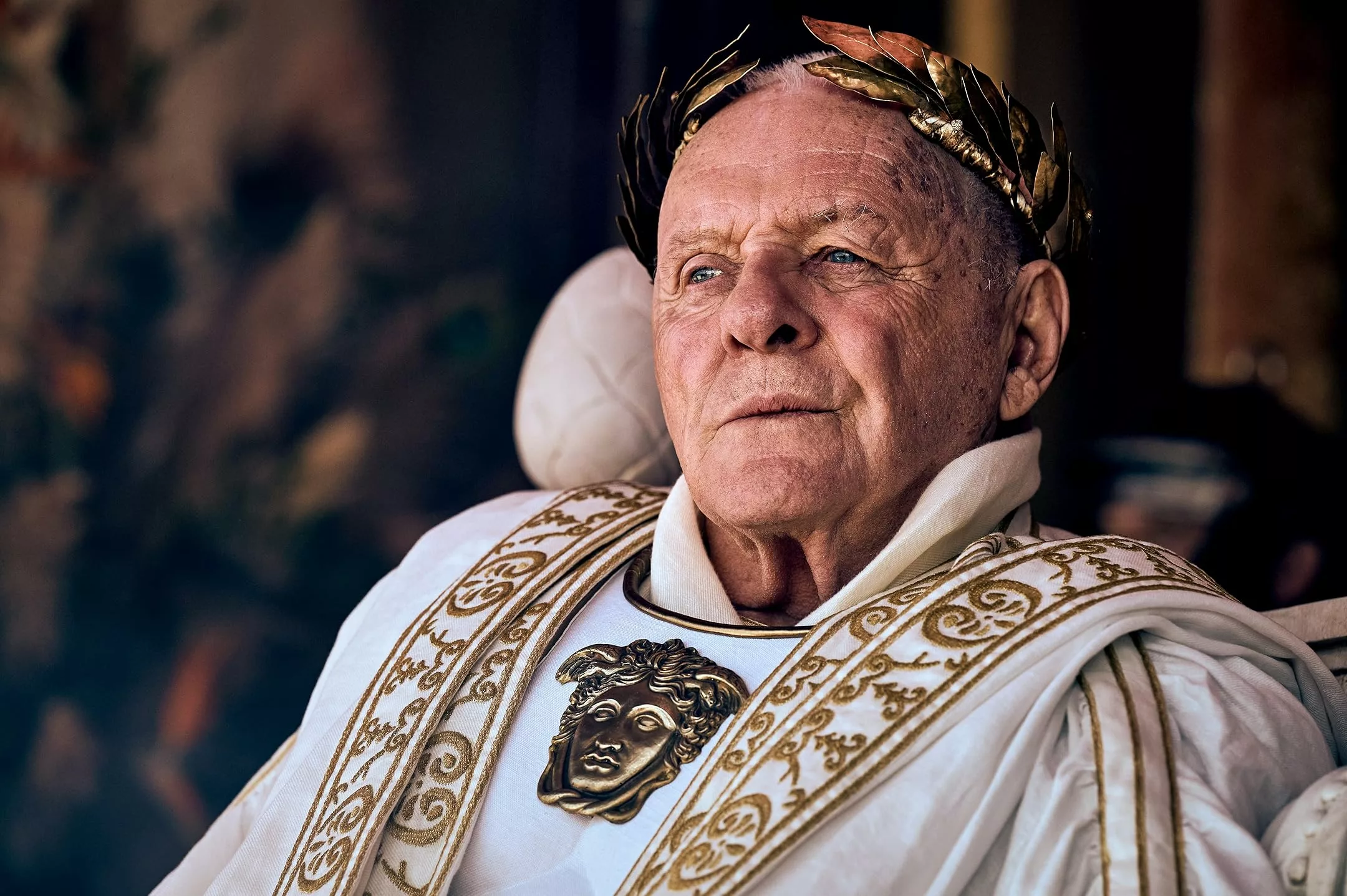
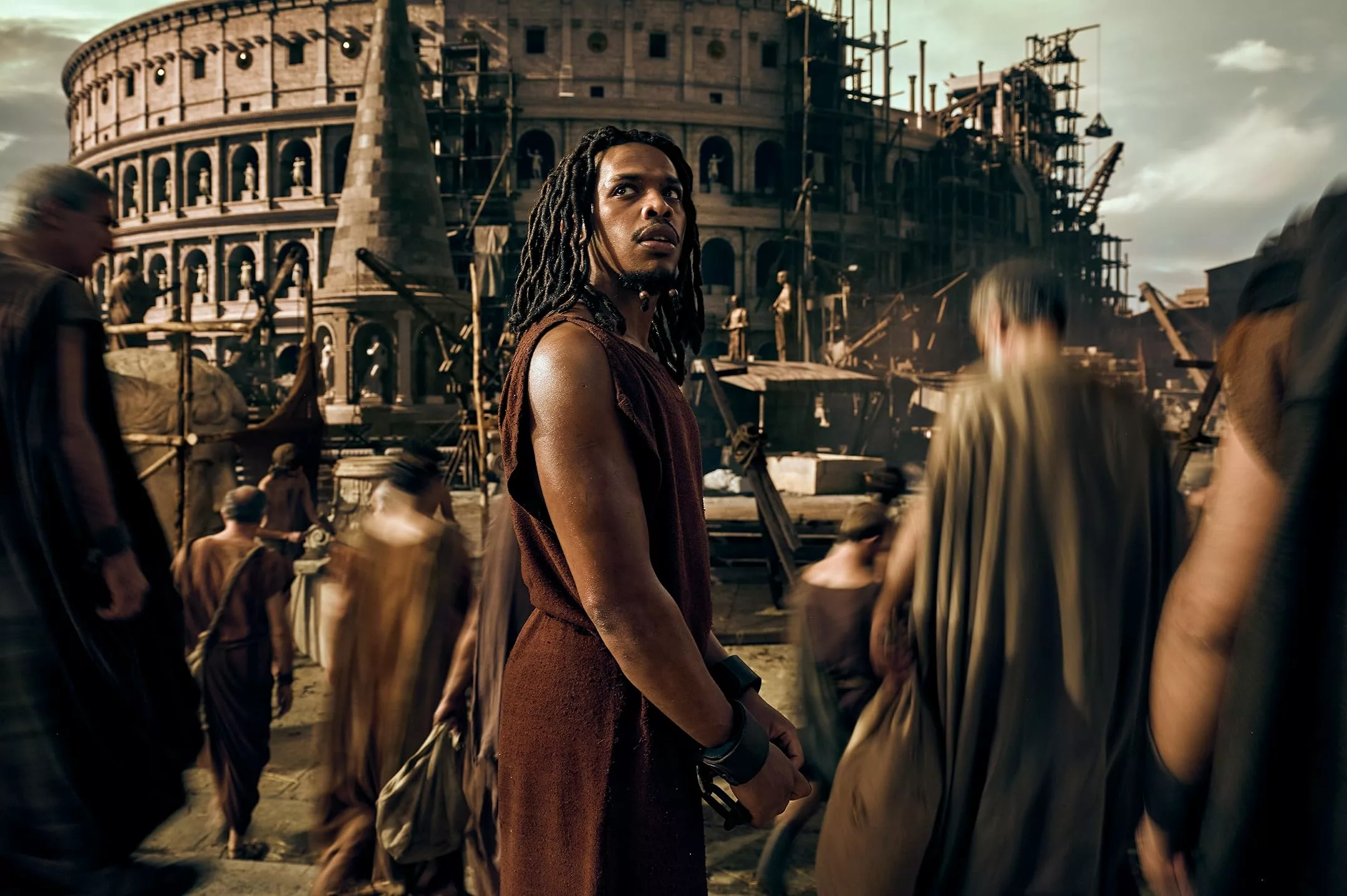
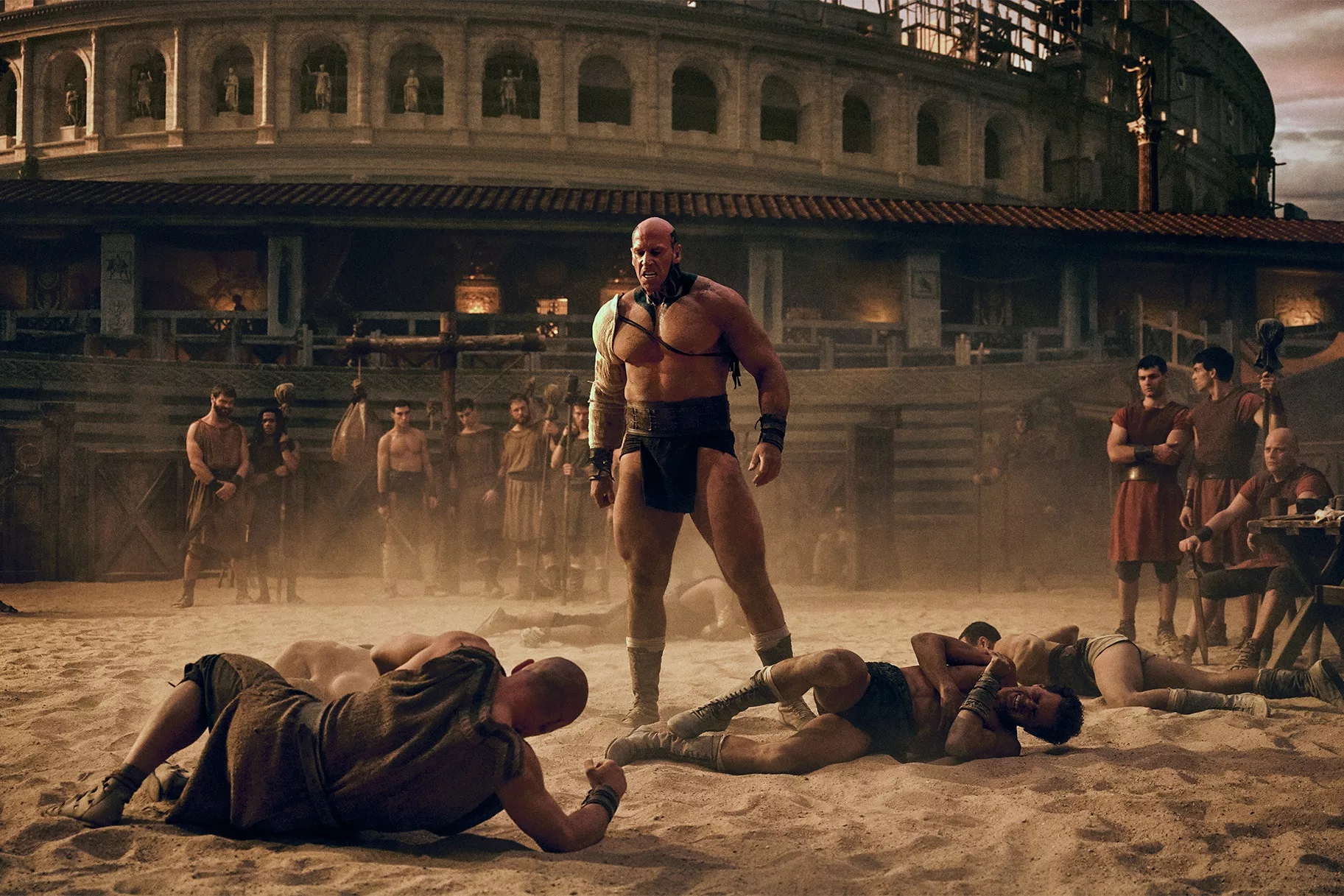
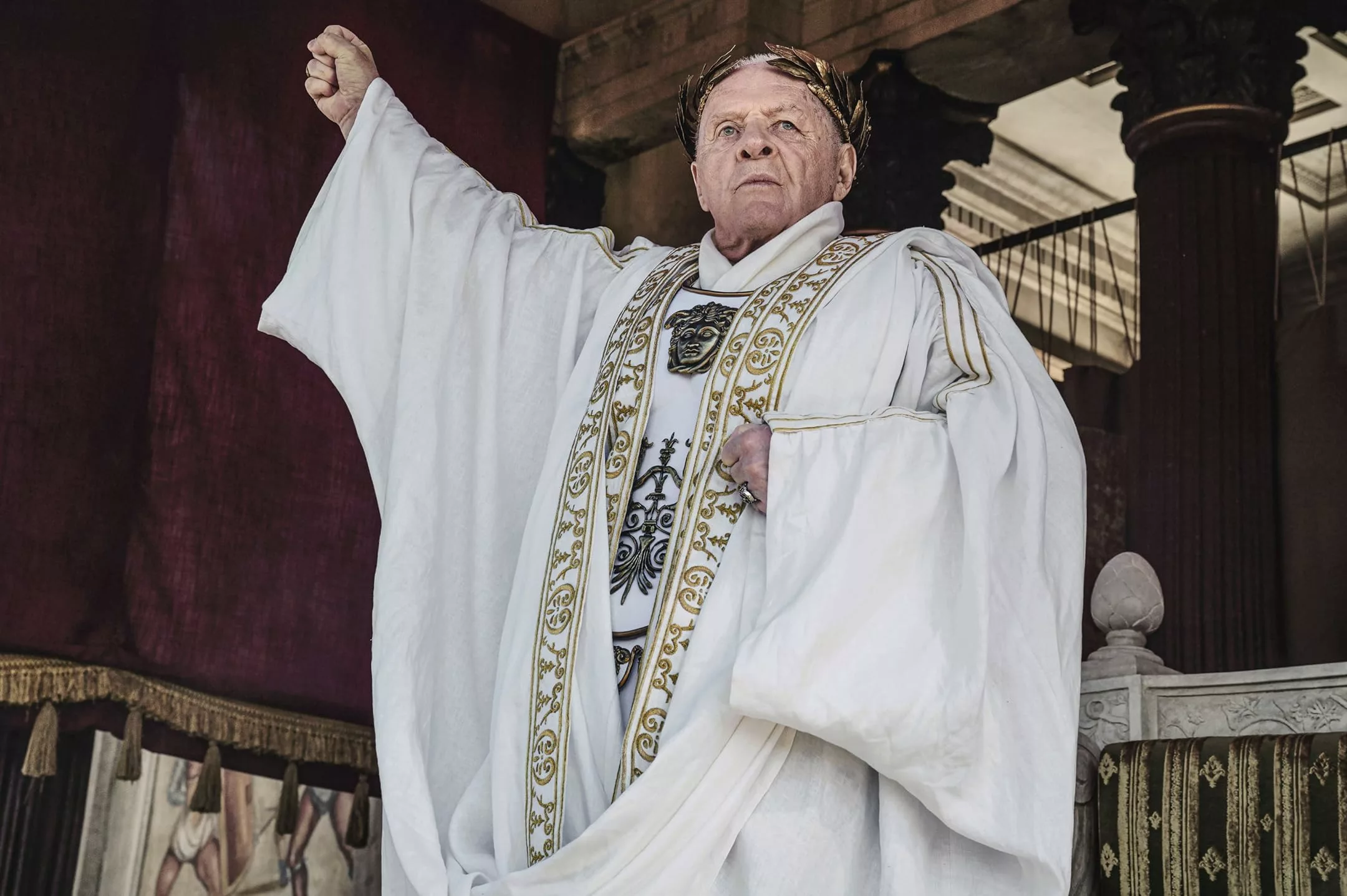








Discussion about this post